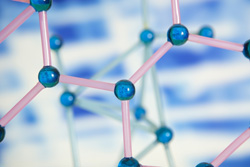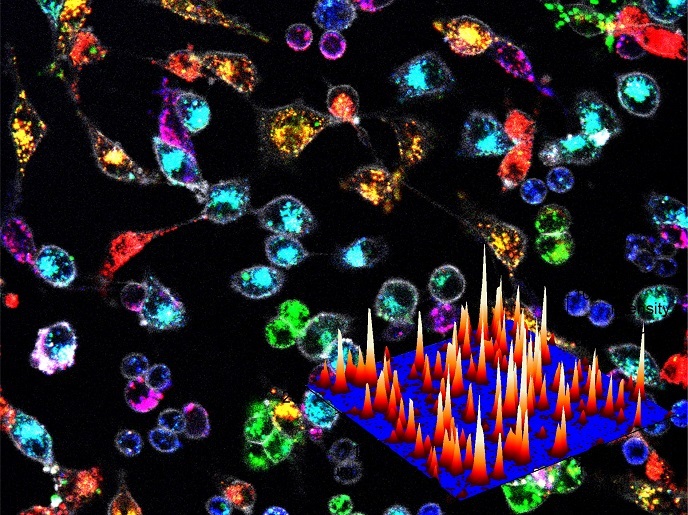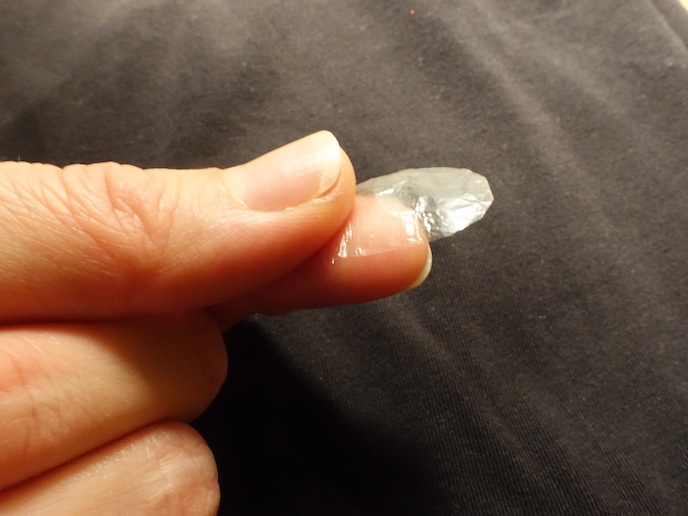Tailoring material properties at the molecular level
The 'Hydrogen-bond geared mechanically interlocked molecular motors' (HY3M) project sought to develop new types of synthetic molecular motors that are driven by energy produced by light, heat, and electrons, among others. The aim was to use these to transfer the effects of mechanical motion at the molecular level through to the macroscopic world. The EU-funded project set the objectives of designing, synthesising, assembling, characterising and evaluating functional materials doing just that. Project partners thereby endeavoured to demonstrate the usefulness of exploiting molecular motion at the macroscopic level using specific examples. HY3M worked to develop new methods and mechanisms able to control the directionality of submolecular translational and rotary motion. This was done mainly through the manipulation of hydrogen bonding interactions. Various activities focused on being able to arrive at an assessment of the static and dynamic influences of mechanical interlocking at the molecular level. HY3M also aimed to succeed in having the structures assemble into films or polymers that would be engineered into a useful material. Lastly, researchers worked toward enhancing understanding of how key proximity effects might be designed for tailoring specific properties. The knowledge generated from such activities was used to produce materials exhibiting a range of macroscopic responses including mechanical motion at the molecular level. A synthetic molecular motor was also created for use in intended work processes.







